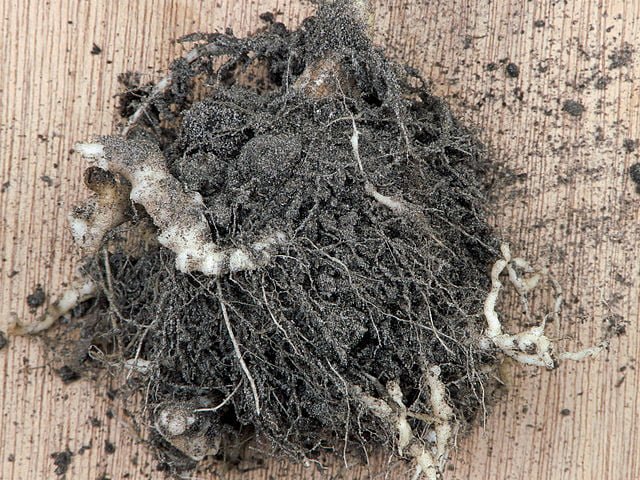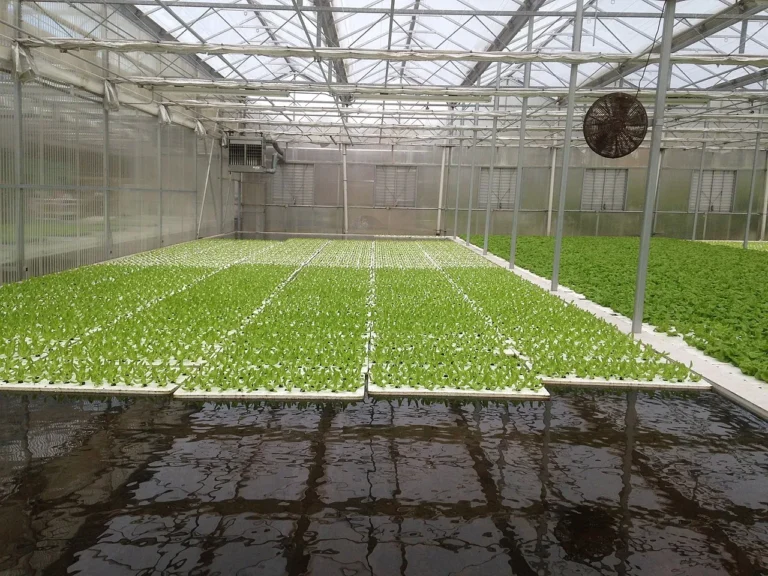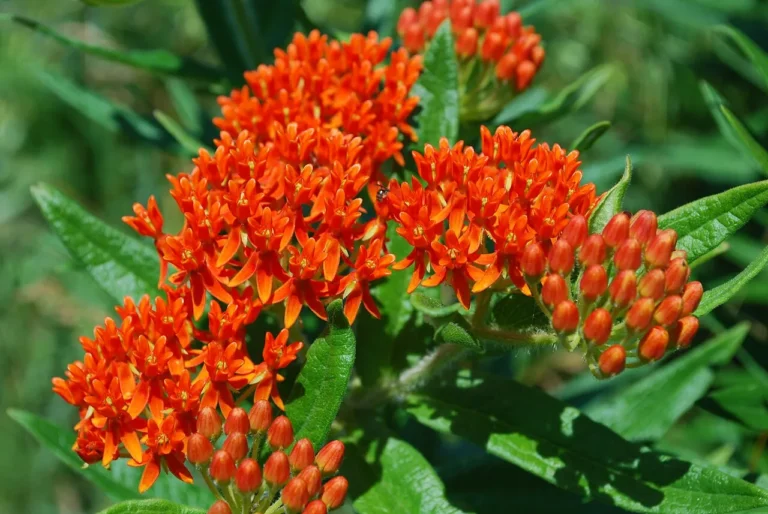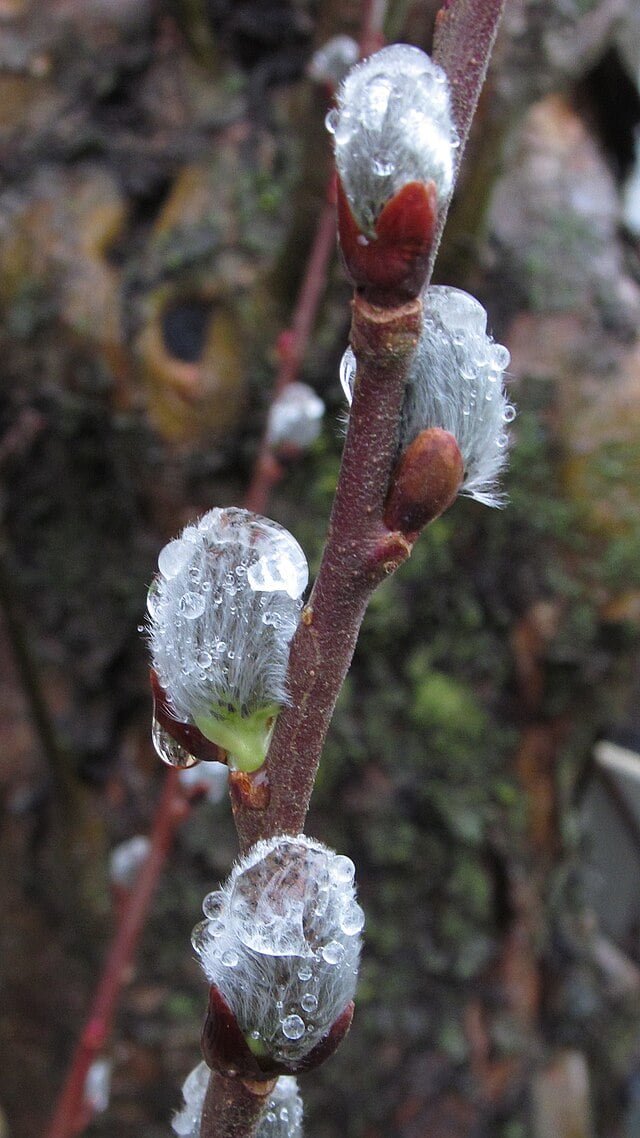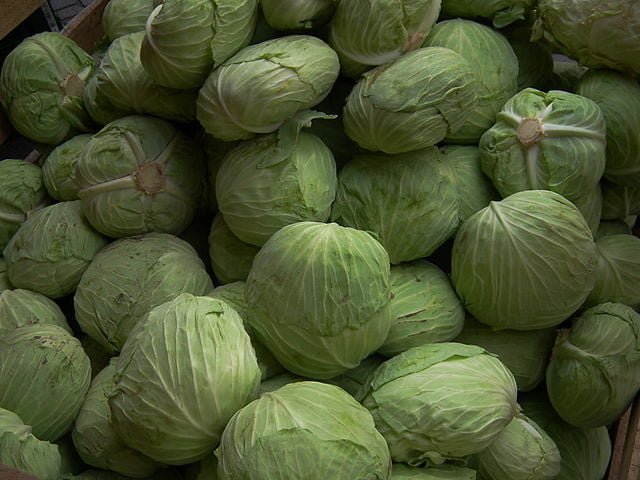Clubroot: Identifying, Preventing, and Controlling this Common Plant Disease
Clubroot, a soil-borne disease caused by the pathogen Plasmodiophora brassicae, presents a significant challenge to gardeners and farmers alike. This persistent disease affects a wide range of plants in the Brassicaceae family, including cabbage, broccoli, kale, and radishes, leading to stunted growth, wilted foliage, and the characteristic swollen, deformed roots that give the disease its name. This guide delves into the identification, prevention, and management of clubroot, offering practical advice to keep your garden healthy and productive.
How to Identify Clubroot
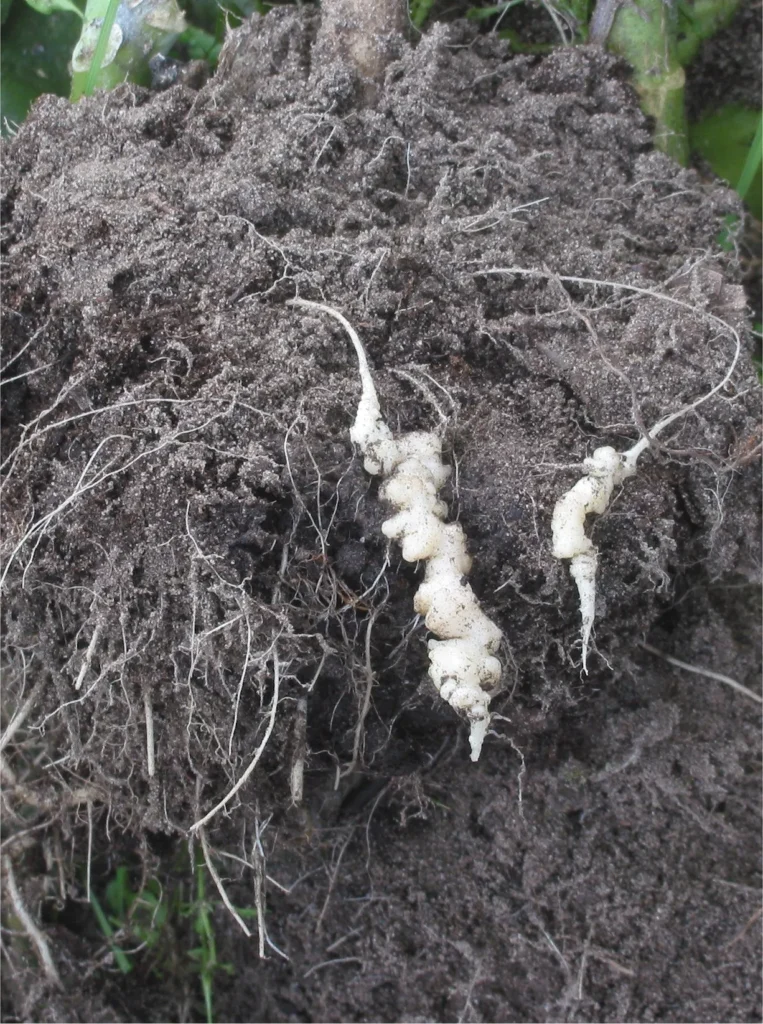
The first step in managing clubroot is recognizing the signs of infection. Symptoms typically appear in the later stages of plant development and include:
- Stunted Growth and Yellowing Leaves: Plants infected with clubroot may exhibit reduced growth and yellowing of leaves due to impaired nutrient and water uptake.
- Wilting: Infected plants may wilt during the day and partially recover at night, despite adequate soil moisture.
- Root Deformities: The hallmark of clubroot, swollen and distorted roots, can be observed by gently removing the plant from the soil. These galls can vary in size, and severely affected roots will be unable to function properly.
Life Cycle and Spread of Clubroot
Plasmodiophora brassicae thrives in moist, acidic soils and can remain dormant for years before infecting susceptible plants. The pathogen spreads through:
- Infected Soil and Water: Movement of contaminated soil, water runoff, and gardening tools can transport the pathogen to new areas.
- Infected Plants: Transplanting infected plants is a common way for clubroot to enter a garden.
- Wind and Insects: While less common, the disease can also spread through wind and insect activity.
Understanding the disease’s life cycle and modes of transmission is crucial for effective management and prevention.
How to Prevent Clubroot
Prevention is the most effective strategy against clubroot, given its persistent nature and the difficulty of eradicating it once established. Implement the following practices to protect your garden:
Soil pH Adjustment
Clubroot prefers acidic soils. Raising the soil pH to 7.2 or above by adding lime can help suppress the pathogen’s activity.
Crop Rotation
Avoid planting susceptible crops in the same area for at least four years if clubroot has been identified.
Sanitation
Clean tools, boots, and equipment after working in infected areas to prevent spreading the pathogen to healthy parts of your garden.
Resistant Varieties
Whenever possible, choose clubroot-resistant varieties of susceptible plants. While not immune, these varieties can significantly reduce disease severity.
How to Manage Clubroot
If clubroot has been confirmed in your garden, take the following steps to manage the disease and minimize its impact:
Remove Infected Plants
Promptly remove and dispose of infected plants, including the root system and surrounding soil, to reduce pathogen spread. Do not compost these materials, as the pathogen can survive the composting process.
Improve Drainage
Since clubroot thrives in moist conditions, improving soil drainage can help reduce the pathogen’s survival rate.
Biological Controls
Some biological control agents, such as beneficial fungi and bacteria, can help suppress Plasmodiophora brassicae in the soil. Research and select products proven effective against clubroot.
Final Thoughts
Clubroot is a formidable foe in the garden, but with vigilant prevention, early detection, and strategic management, its impact can be significantly mitigated. By adjusting soil pH, practicing good sanitation, employing crop rotation, and opting for resistant varieties, gardeners can protect their Brassicaceae plants from this persistent disease. Remember, the key to controlling clubroot lies in a proactive approach to garden health and hygiene.
Additional Resources
For those looking to expand their knowledge on clubroot management and seek further guidance, the following external resources are invaluable. These platforms offer in-depth information on identification, prevention, and treatment strategies, supporting gardeners and agricultural professionals in their fight against clubroot:
- The Royal Horticultural Society (RHS) Website: The RHS provides a comprehensive guide on clubroot, including symptoms, life cycle, and control methods. Their resources are grounded in scientific research and offer practical advice for gardeners of all levels. Visit RHS’s Clubroot page for detailed insights.
- The American Phytopathological Society (APS): APS offers extensive information on various plant diseases, including clubroot. Their resources include academic papers, management strategies, and the latest research findings, making it a valuable resource for those seeking to understand the science behind clubroot and its control. Access their resources at APS’s website.
These resources can provide you with a deeper understanding of clubroot and equip you with the tools needed to protect your garden from this challenging disease. Whether you’re a home gardener or a commercial grower, leveraging expert advice and research-based strategies is key to managing clubroot effectively.

